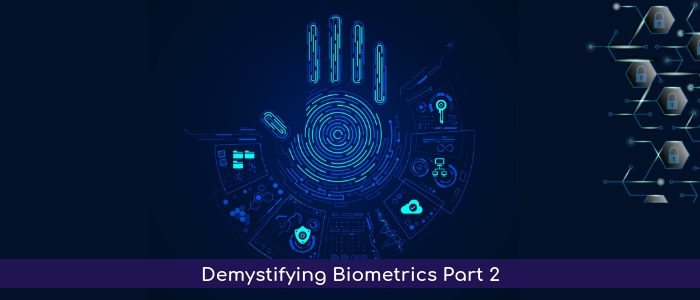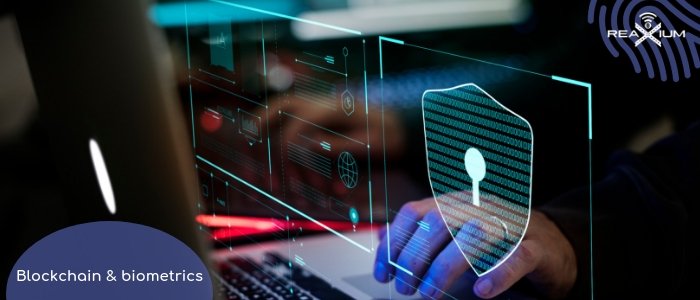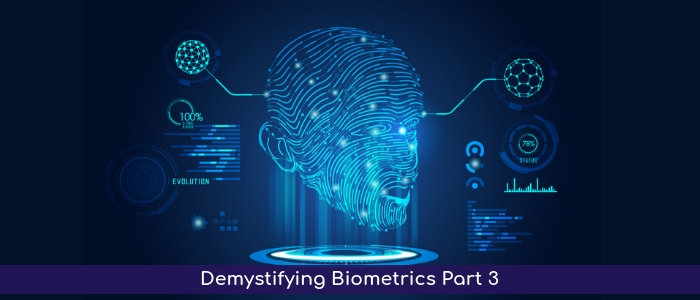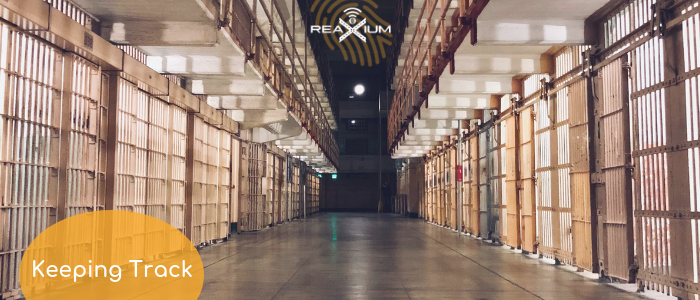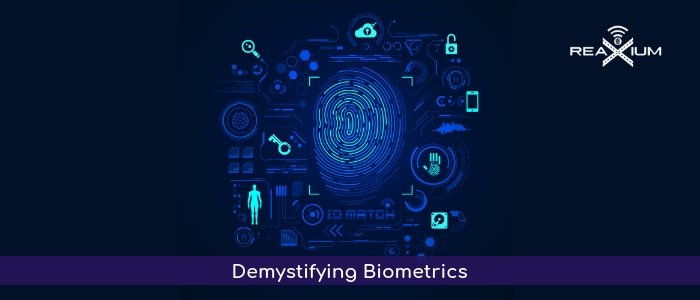Biometrics were long seen as something that only government entities or special agencies could utilize for security. Biometrics over the years made the advancement towards the general population and their reach is quickly spreading.
Mobile phones have seen the greatest usage of biometrics in the applications for fingerprint scanners, facial recognition, and voice. Unlocking a device, a password or PIN may be used but can often be forgotten or memorized by a nearby stranger which can be stolen. Many phones now allow a user to use their fingerprint for an easier and quicker method of authentication to grant access. In this instance of using biometrics; they’re not easy to replicate, are truly unique to the user, and requires that user be present at every transaction.
Hospitals are engaging in biometric authentication to ensure that each patient is receiving the correct treatment and minimize duplicate records. Using fingerprint, iris, even palm vein readers, a hospital will be able to expedite a manual process of correcting records and protect sensitive information against unauthorized personnel.
A concept being launched by Delta Airlines is the use of facial recognition in one of their airport terminals. As of now, it is used for international flights. When a customer arrives at the terminal, they approach a kiosk for the check-in process, go through security, and board their flight. When approaching the kiosk, it will take a picture and compare it against the database of Customs and Border Protection. The accuracy rate is as high as 99 percent, and pictures of the passengers are not saved, but rather deleted after a short period of time.
These industries, along with many more, are thoroughly exploring options incorporating biometric technology to simplify processes and add a layer of protection. Biometrics as an alternative to traditional methods still face one of the biggest challenges; people’s willingness to adopt it. As mentioned previously Demystifying Biometrics: Part 1 biometrics do not steal a person’s identity nor do they expose private information for public viewing.
Are biometrics the new era of digital security? Can they really be used as a preventative measure on top of what is available now? Check back next week to read more!

